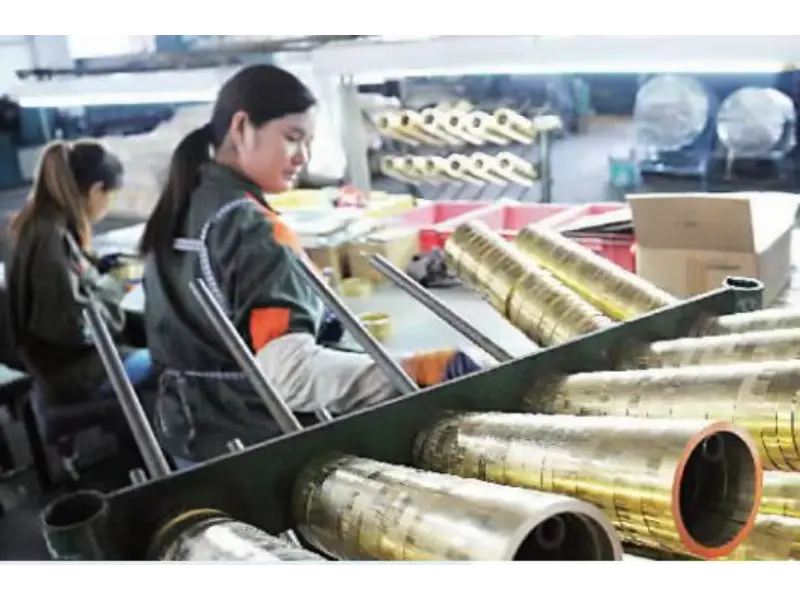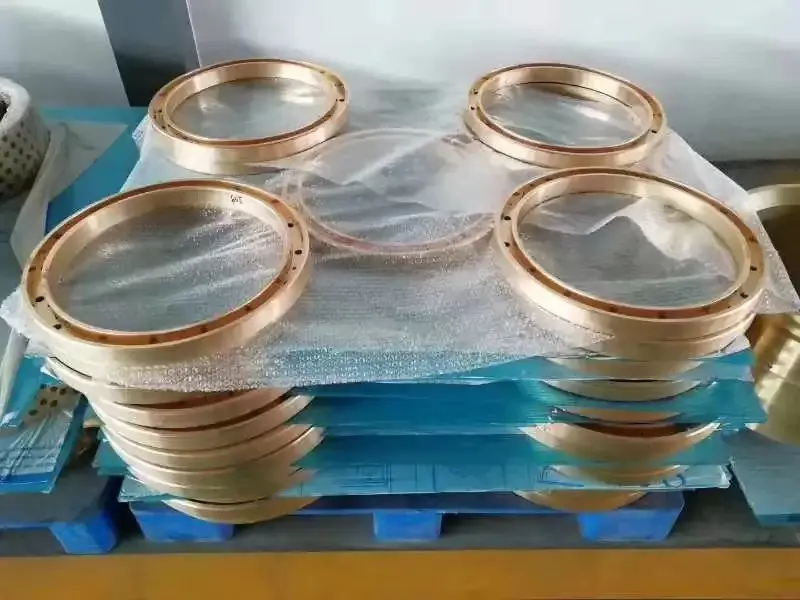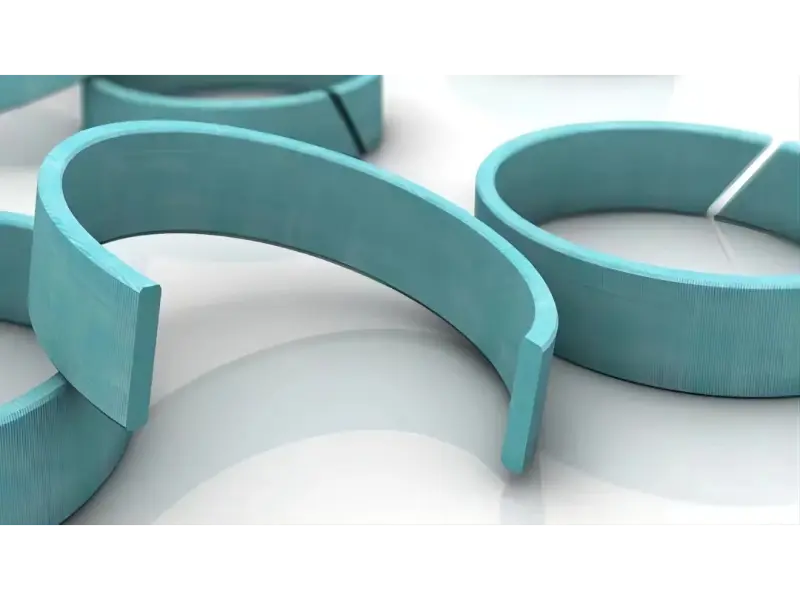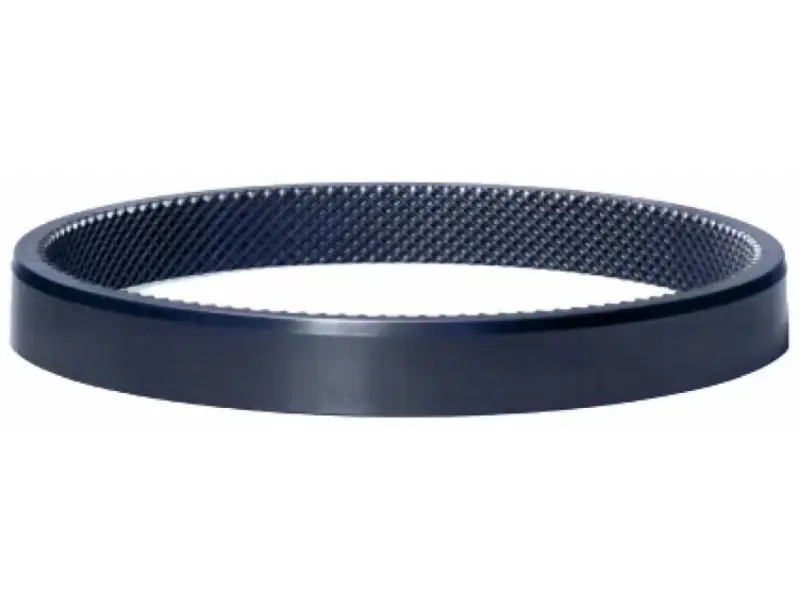High-Quality Casing Wear Rings – Durable and Reliable Solutions for Your Equipment
Section 1: Introduction
Wear rings are essential components in various mechanical systems, providing a protective layer between moving parts to minimize wear and tear. In industries such as hydraulics and pump manufacturing, wear rings play a crucial role in ensuring the efficiency and longevity of equipment. This article explores the importance of high-quality casing wear rings, their functions, materials, and the benefits of partnering with a trusted global supplier like Welleshaft.
What Are Wear Rings?
Wear rings, also known as guide rings or bearing rings, are designed to guide and support moving parts within machinery, reducing friction and preventing direct metal-to-metal contact. This helps to extend the life of both the wear ring and the surrounding components.
Functions of Casing Wear Rings
Casing wear rings serve several vital functions in mechanical systems:
Reducing Friction: By acting as a barrier between moving parts, wear rings minimize friction, which reduces heat generation and energy loss.
Guidance: Wear rings help in guiding pistons and other components within their respective cylinders, ensuring smooth and precise movement.
Sealing: In some applications, wear rings also assist in sealing, preventing fluid or gas leakage.
Types of Wear Rings
Hydraulic Wear Rings: Used in hydraulic cylinders to guide pistons and rods.
Casing Wear Rings: Found in centrifugal pumps, these rings minimize the clearance between the impeller and the pump casing.
Piston Wear Rings: Used in engines and compressors to guide pistons and reduce friction.
Importance of Wear Ring Clearance
Proper wear ring clearance is critical for the efficient operation of equipment. Excessive clearance can lead to increased leakage, reduced efficiency, and higher wear rates. On the other hand, too little clearance can cause excessive friction and heat generation.
Wear Ring Clearance in mm
Wear ring clearance is a critical factor in the performance and efficiency of machinery, especially in pumps and hydraulic systems. It refers to the gap between the wear ring and the moving part it interacts with, such as the impeller in a pump or the piston in a hydraulic cylinder. Proper clearance ensures optimal performance, minimizes leakage, and reduces wear.
Importance of Wear Ring Clearance
- Leakage Prevention:Adequate clearance prevents excessive leakage of fluids, which is essential for maintaining the efficiency of pumps and hydraulic systems.
- Reduced Wear:Proper clearance minimizes metal-to-metal contact, reducing wear and prolonging the lifespan of both the wear ring and the moving parts.
- Efficiency:Correct clearance enhances the overall efficiency of the equipment by reducing friction and energy loss.
Typical Wear Ring Clearances
The specific clearance required for wear rings varies based on the application, operating conditions, and the materials used. Here are some typical clearances for different applications:
- Hydraulic Wear Rings:Generally, hydraulic systems require tight clearances to maintain high pressure and efficiency. Typical clearances range from 0.1 mm to 0.3 mm.
- Pump Wear Rings:For centrifugal pumps, clearances are slightly larger to accommodate the rotational movement of the impeller. Typical clearances range from 0.2 mm to 0.5 mm.
- Piston Wear Rings:In engines and compressors, piston wear rings have clearances that vary based on the specific design and operational requirements. These can range from 0.05 mm to 0.25 mm.
Factors Influencing Wear Ring Clearance
Several factors influence the optimal wear ring clearance:
- Material Properties:The thermal expansion and contraction of materials can affect clearance. Materials with high thermal expansion require more initial clearance to accommodate temperature changes.
- Operating Conditions:High-pressure and high-temperature conditions necessitate specific clearances to maintain performance and prevent damage.
- Machinery Design:The design of the machinery, including the type of wear ring and the movement of the parts, dictates the necessary clearance.
- Fluid Properties:The viscosity and type of fluid being handled can influence the required clearance. More viscous fluids may require larger clearances to ensure smooth operation.
Wear Ring Materials
Wear rings are made from a variety of materials, each offering different properties:
Bronze: Known for its durability and resistance to corrosion.
PTFE (Teflon): Offers low friction and good chemical resistance.
Composite Materials: Provide a balance of strength, low friction, and wear resistance.
For more information on high-quality Casing Wear Ring and to find the perfect solution for your application, please contact us.
Jinan Welle Metal Products Co., Ltd (Welleshaft)
Website: www.welleshaft.com
Email: [email protected]
Phone: +86-156-5017-9596
Explore our range of durable and reliable casing wear ring today!
Section 2: Impeller Wear Rings and Casing Wear Rings
In centrifugal pumps, both impeller wear rings and casing wear rings are used to minimize leakage and maintain efficiency. The impeller wear ring is mounted on the impeller, while the casing wear ring is fitted to the pump casing. Together, they help to reduce the clearance between the impeller and the casing.
Here’s a detailed overview of the process:
1. Material Selection
Impeller Wear Rings: Typically made from high-grade materials such as carbon alloys, stainless steel, or advanced composites. The choice of material depends on the application’s specific requirements, including resistance to wear, corrosion, and pressure.
Casing Wear Rings: Often manufactured from similar high-grade materials as impeller wear rings but may also include materials like bronze or engineered polymers for specific applications.
2. Design and Engineering
CAD Modeling: Engineers use Computer-Aided Design (CAD) software to create detailed models of the wear rings. This includes precise dimensions, tolerances, and design features tailored to the specific pump or compressor.
Simulation and Analysis: Finite Element Analysis (FEA) and other simulations are performed to ensure the wear rings will perform well under expected operational conditions.
3. Machining and Fabrication
Material Preparation: Raw materials are cut into rough shapes or billets.
Turning and Milling: The billets are machined using CNC turning and milling machines to achieve the precise dimensions and surface finishes required for the wear rings.
Grinding and Polishing: Fine grinding and polishing processes are employed to achieve the necessary surface finish and tolerances.
4. Heat Treatment
Hardening: Wear rings often undergo heat treatment processes such as hardening to enhance their wear resistance and mechanical properties.
Tempering: Post-hardening, the wear rings may be tempered to relieve stresses and achieve the desired hardness.
5. Inspection and Testing
Dimensional Inspection: Precision measuring tools and instruments are used to verify that the wear rings meet all dimensional specifications.
Material Testing: Tests such as hardness testing, tensile testing, and impact testing ensure the material properties meet the required standards.
Surface Quality Check: Ensures that the wear rings are free from defects such as cracks, pits, or other imperfections.
6. Assembly and Integration
Pre-Assembly Checks: Wear rings are checked for compatibility with other components of the pump or compressor.
Assembly: In some cases, wear rings are assembled with other components or integrated into assemblies for final installation.
7. Coating and Finishing (if required)
Surface Coating: Protective coatings or surface treatments may be applied to enhance corrosion resistance or reduce friction.
Final Finishing: Any additional finishing touches, such as deburring or final polishing, are performed.
Section 3: Key Applications of Wear Rings
Wear rings are used in various applications across multiple industries:
Pumps: To reduce leakage and improve efficiency.
Hydraulic Systems: To guide and support pistons and rods.
Compressors and Engines: To reduce friction and wear on pistons.
Section 4: Common Questions About Wear Rings
1.What is the Function of the Casing Wear Ring?
The primary function of a casing wear ring is to minimize the clearance between the pump casing and the impeller, reducing leakage and improving the pump’s efficiency.
2.What is the Difference Between Impeller Wear Ring and Casing Wear Ring?
The impeller wear ring is attached to the impeller, while the casing wear ring is attached to the pump casing. Both work together to reduce the clearance and minimize leakage.
3.What Will Happen if Wear Ring Clearance Increases?
Increased wear ring clearance can lead to higher leakage rates, reduced efficiency, and accelerated wear of other components.
Section 5: The Benefits of High-Quality Wear Rings
Investing in high-quality wear rings offers several benefits:
Increased Equipment Lifespan: Reduced wear and tear on components lead to longer equipment life.
Improved Efficiency: Lower friction and reduced leakage result in better performance.
Reduced Maintenance Costs: High-quality wear rings require less frequent replacement, lowering maintenance expenses.
Section 6: Partnering with Welleshaft
Welleshaft is a trusted global supplier and contract manufacturer specializing in high-quality wear rings and other critical components. With over 13 years of experience, Welleshaft offers a range of wear rings tailored to meet the specific needs of various industries.
Why Choose Welleshaft?
Expertise: Extensive experience in manufacturing wear-resistant components.
Quality: Commitment to producing high-quality, reliable wear rings.
Customization: Ability to tailor products to meet specific requirements.
Global Reach: Trusted by clients worldwide for their superior products and services.
Conclusion
Wear rings are essential for maintaining the efficiency and longevity of mechanical systems. Whether used in pumps, hydraulic systems, or engines, high-quality wear rings offer numerous benefits, including reduced friction, improved performance, and lower maintenance costs. By partnering with a reliable supplier like Welleshaft, you can ensure that your equipment operates smoothly and efficiently.
For more information on high-quality wear rings and how they can benefit your equipment, contact Welleshaft today. Discover the difference that quality and expertise can make in your operations.




